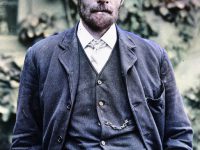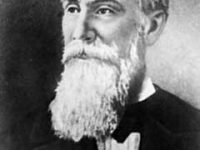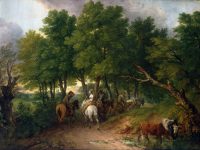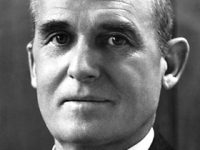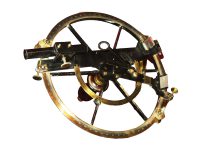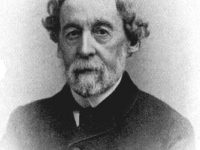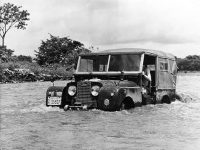The Magnificent Aircraft of R. J. Mitchell
On May 20, 1895, English aeronautical engineer and aircraft designer Reginald Joseph Mitchell was born. Mitchell worked for Supermarine Aviation. Between 1920 and 1936 he designed many aircraft and is best remembered for his racing seaplanes, which culminated in the Supermarine S.6B, and the iconic Second World War fighter, the Supermarine Spitfire. R. J. Mitchell – Early Years Reginald Joseph Mitchell was born in Kidsgrove, Staffordshire, England. After leaving Hanley High School, a…
Read more


